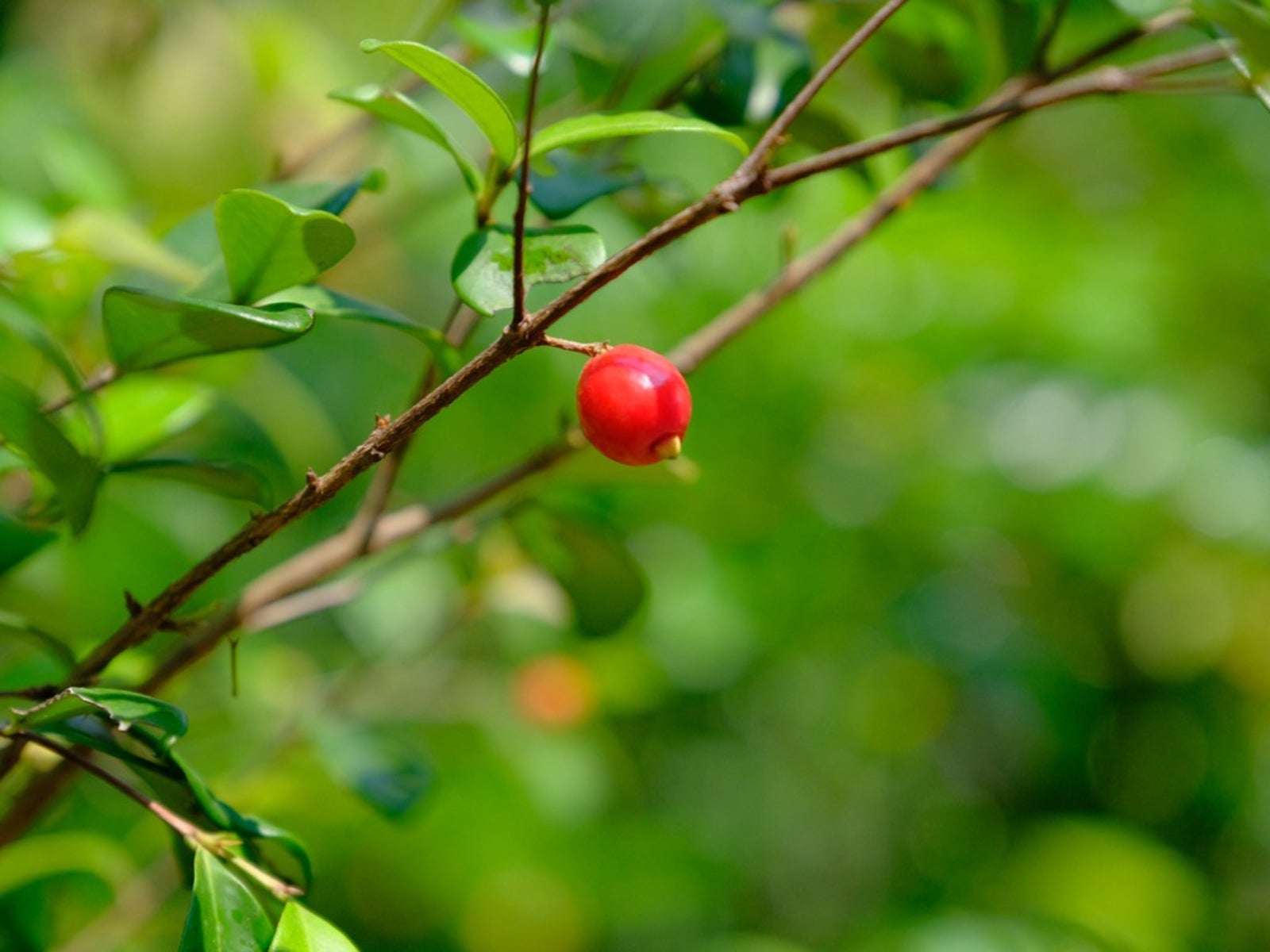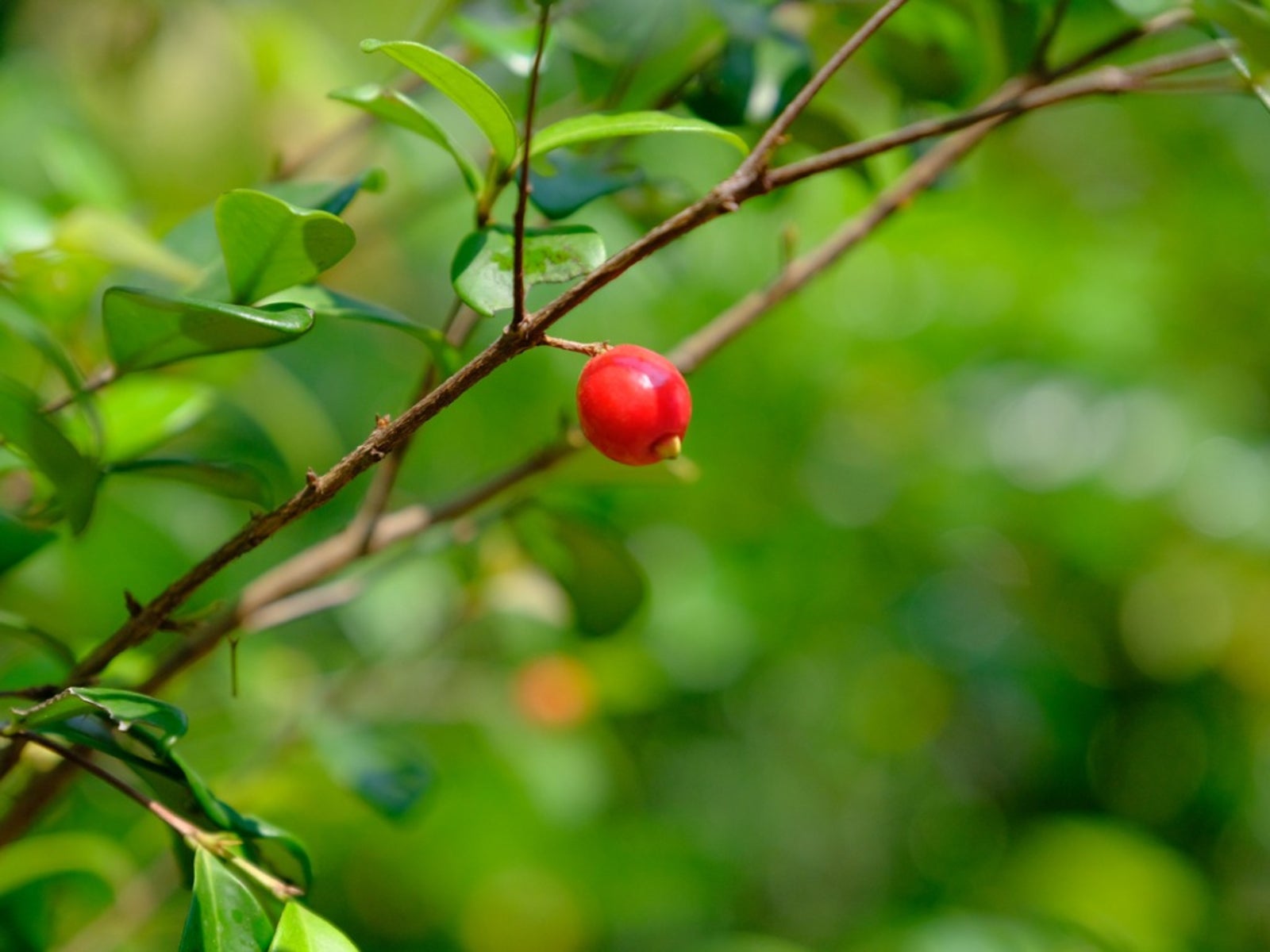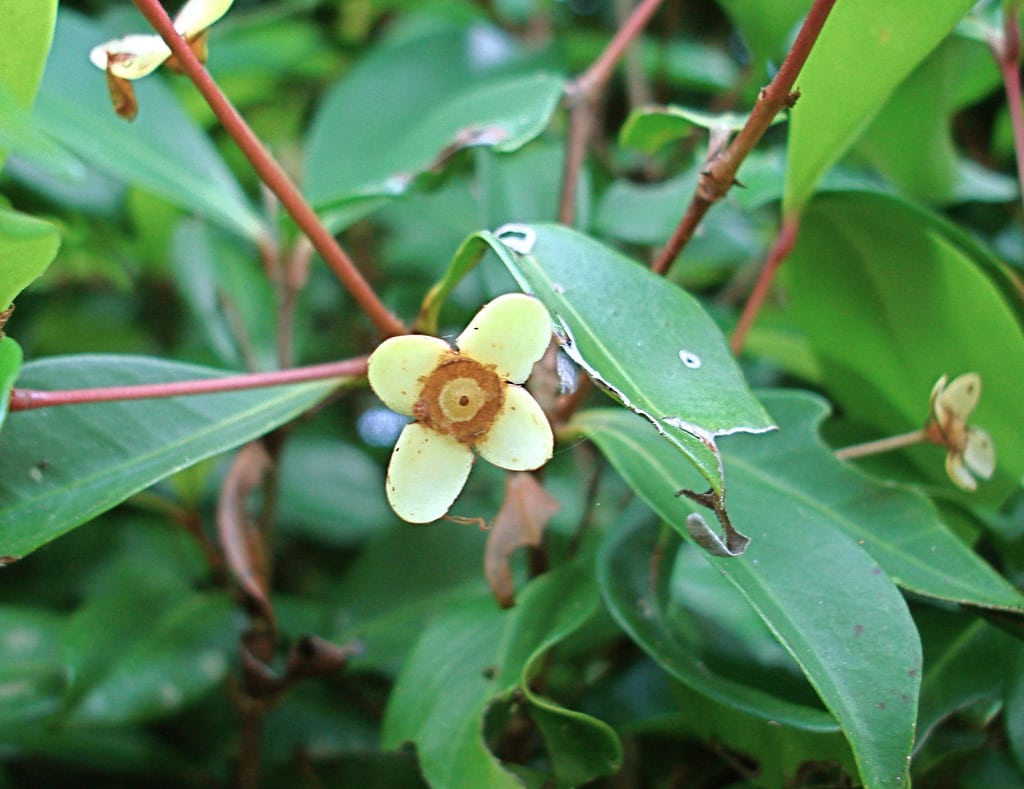Beach Cherry Care – Tips For Growing An Australian Beach Cherry


Some like it hot, or almost, and you’ll have to count Australian beach cherry trees among their number. If you live in a toasty region, you can start growing an Australian beach cherry tree outdoors. But gardeners everywhere can add these trees to their container garden collection. If you are interested in growing an Australian beach cherry tree, we’ll give you tips on how to grow Australian beach cherry here.
Beach Cherry Information
Beach cherry trees (Eugenia reinwardtiana) are known as A’abang in Guam and Noi in Hawaii. In these tropical areas, the plant grows as a small to medium-sized tree with hard, durable wood frequently used in local construction. The trees are native to the Northeast tropical areas of Australia. You can find them thriving on the beach, which is where the tree gets its common name. They can also grow as shrubs. Those growing beach cherry trees outdoors live in warm regions like those in U.S. Department of Agriculture plant hardiness zone 10. In cooler areas, you can’t give the tree the beach cherry care required if it is planted in your garden. Fortunately, these trees also work well as potted plants. And even if pruned to stay a few feet high, you’ll get lots of cherries.
How to Grow Australian Beach Cherry
If you are interested in growing an Australian beach cherry tree, you can do so in a container. This means you can grow the tree in a sunny window in winter, then move it outside when the weather is warm enough. If you want to start the plant with seeds, you’ll have to be fairly patient. They can take up to three months to germinate. Plant them in well-draining, loamy soil. The beach cherry flowers and fruits when it gets to be 12 inches (.3 meters) tall. The plant isn’t a speedy grower, but in time it will get to this height and begin bearing delicious, shiny red cherries. In order to keep the tree pot size, you’ll have to include regular pruning in your regular beach cherry care. Beach cherry trees take well to pruning, so well in fact, that they are used in hedges in their native Australia. You can prune it so that it remains at 2 to 3 feet (.6 to .9 meters) tall indefinitely. Don’t worry that this will stunt its fruit production. It will still produce an abundance of sweet cherries.
Gardening tips, videos, info and more delivered right to your inbox!
Sign up for the Gardening Know How newsletter today and receive a free copy of our e-book "How to Grow Delicious Tomatoes".

Teo Spengler is a master gardener and a docent at the San Francisco Botanical Garden, where she hosts public tours. She has studied horticulture and written about nature, trees, plants, and gardening for more than two decades. Her extended family includes some 30 houseplants and hundreds of outdoor plants, including 250 trees, which are her main passion. Spengler currently splits her life between San Francisco and the French Basque Country, though she was raised in Alaska, giving her experience of gardening in a range of climates.
-
 How To Make A Bouquet Garni Or Herb Bundle For Cooking
How To Make A Bouquet Garni Or Herb Bundle For CookingIf you’re a great cook, you may have made an herb bundle before. If this is a new idea, learn how to add sparkle and interest to your dish with a bouquet garni.
By Amy Grant
-
 ‘Coral Charm’ Peony Care For Sublime Semi-Double Peonies With Lush Salmon Pink Flowers
‘Coral Charm’ Peony Care For Sublime Semi-Double Peonies With Lush Salmon Pink FlowersPeonies are known for their soft baby pink or magenta tones, but if plushy coral blooms are your thing, here’s our guide to the ultimate ‘Coral Charm’ peony care
By Tonya Barnett
-
 Eating Beach Cherries: Can You Eat Beach Cherries From The Garden
Eating Beach Cherries: Can You Eat Beach Cherries From The GardenBeach cherry fruit gives the plant an ornamental look, but can you eat beach cherries? If so, besides eating beach cherries, are there other uses for beach cherries? Click this article to find out if beach cherries are edible and if so how to use them.
By Amy Grant
-
 Beach Cherry Pruning: Should You Cut Back A Beach Cherry Tree
Beach Cherry Pruning: Should You Cut Back A Beach Cherry TreePruning beach cherry plants is a great way to shape and tidy up this plant and also to keep it to a manageable size. This tropical plant fruits year round, so don?t be afraid to prune and trim at any time of year to get the shape you want. Learn more about its pruning in this article.
By Mary Ellen Ellis